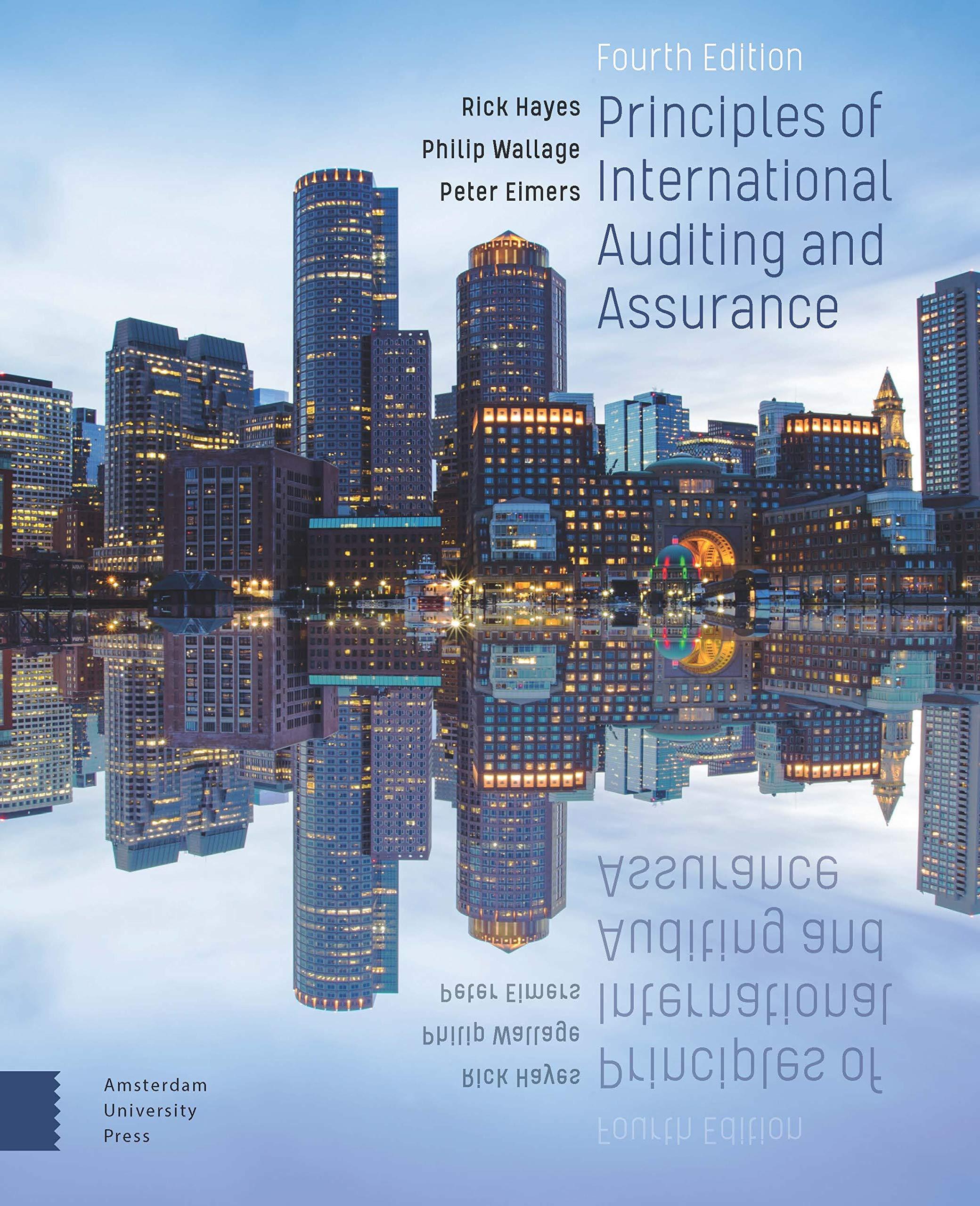Question
On January 1, 2017, two identical companies, SUNY, Inc., and YNUS Corp., lease similar assets with the following characteristics: Lease term is for five years.
On January 1, 2017, two identical companies, SUNY, Inc., and YNUS Corp., lease similar assets with the following characteristics:
Lease term is for five years.
Lease payments of $18,000 per year are payable at the end of each year, with the first payment due on December 31, 2017.
Each firm has an incremental borrowing rate of 10% and a tax rate of 30%.
SUNY capitalizes the lease for financial reporting purpose, whereas YNUS uses the operating lease method. Both firms use straight-line depreciation method for all assets including leased assets on their financial statements and for income tax purpose. Assume that both firms treat the leases as capital lease on their tax returns. Assume also that each firm generates $75,000 for income before lease-related expense and income tax in 2017.
(Required)
1. Determine the amount of capital lease (PV of the minimum lease payments) SUNY should record at the beginning of 2017.
2. Determine the amount of lease-related interest & depreciation expenses SUNY should recognize for 2017.
3. Determine both income tax expenses and income tax payable of SUNY for 2017.
4. Determine both income tax expenses and income tax payable of YNUS for 2017.
5. Determine the amount of 2017 deferred income tax (asset or liability) for YNUS.
6. State the effect (increase, decrease or no effect) on (i) debt to equity ratio, (ii) interest coverage ratio, (iii) operating cash flows, and (iv) net income of YNUS for 2017, if YNUS used capital lease instead of operating lease. Briefly explain why.
Step by Step Solution
There are 3 Steps involved in it
Step: 1

Get Instant Access to Expert-Tailored Solutions
See step-by-step solutions with expert insights and AI powered tools for academic success
Step: 2

Step: 3

Ace Your Homework with AI
Get the answers you need in no time with our AI-driven, step-by-step assistance
Get Started


